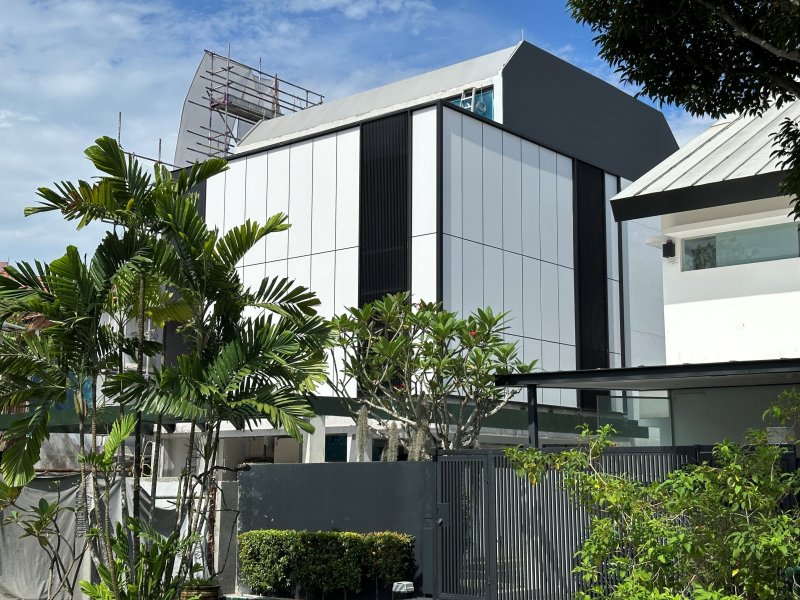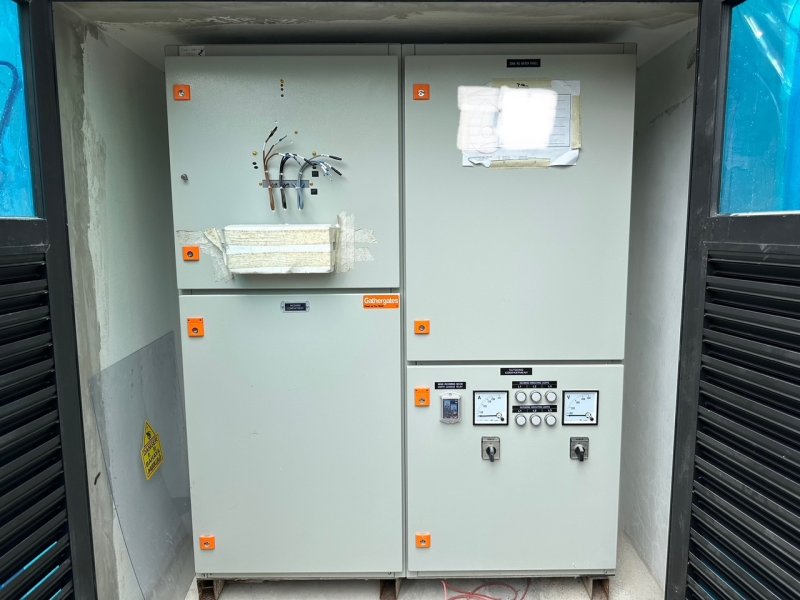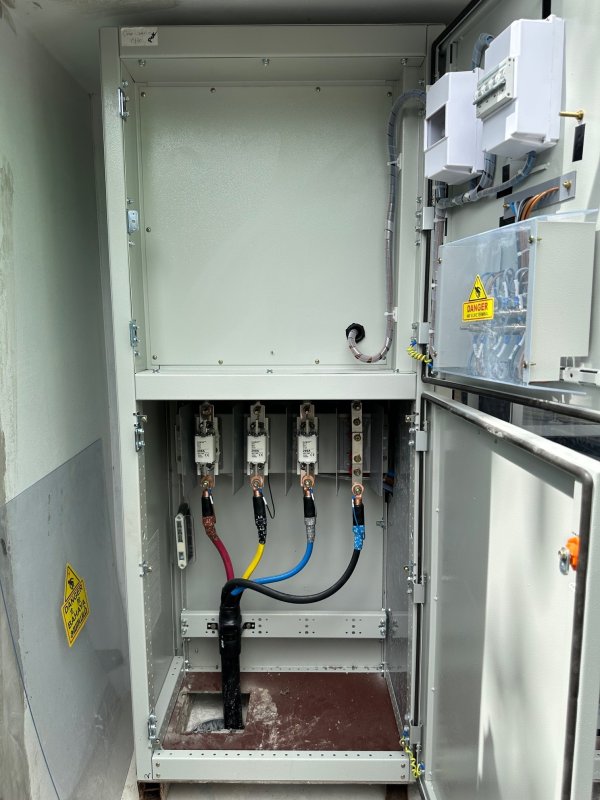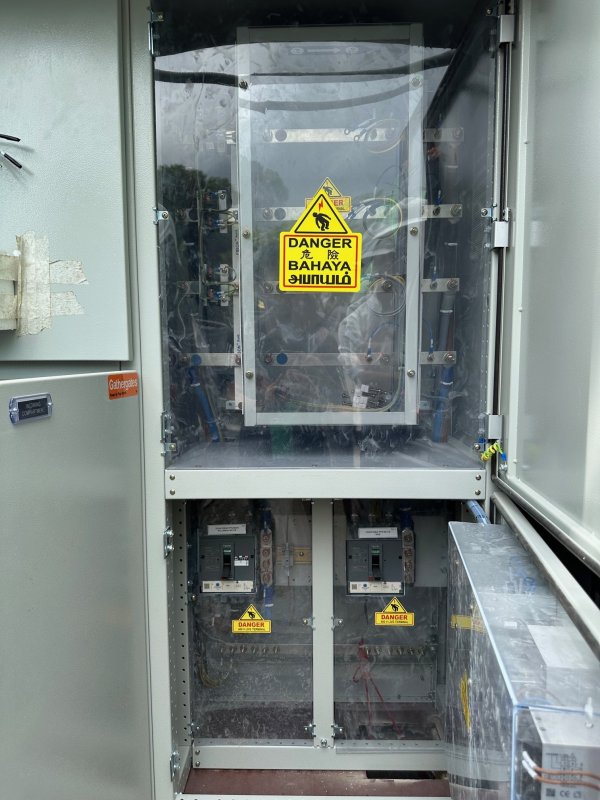Yes its worth trying. But it's just a piece of Delrin or similar material machined large and heavy with prongs shoved in it. I remember OCD Mike showing similar plugs he was making by taking plates of solid silver, creating the prongs, then pouring an epoxy-ish resin around it. He said it was great.The bocchino can take a huge guage wire and is a much firmer connection for more rigid wire.
In my experiments they seemed to raise the sq quite a bit compared to other plugs on the same wire.. worth trialing
What is the comment about huge gauge wire?????? In a personal conversation with Dan Dagostino, he told me, 10 AWG was much larger than necessary to power his largest amps. VAC told me their largest amps really only needed a 14 awg wire in 240 volt. Same for Boulder. The manufacturer are not on the oversized wire train. The idea you gain something going larger that 10 awg is speculation. it does not get better. It changes a little. But its not like going from 12 awg to 10 awg where you hear a jump in dynamics. And a stranded wire does not seem to voice as well as a solid. You have a lot of capacitive coupling noise and eddy current where all the bare copper strands are touching each other in the conductor.
If someone were to want to come directly out of a panel from the circuit breaker to a duplex or to a IEC, I would use either VH Audio Cryo 10 AWG Romex or Oyaide wire. Add to what I said above that you can bend the wire more readily to make a non stressed connection to the equipment you are plugging into.







